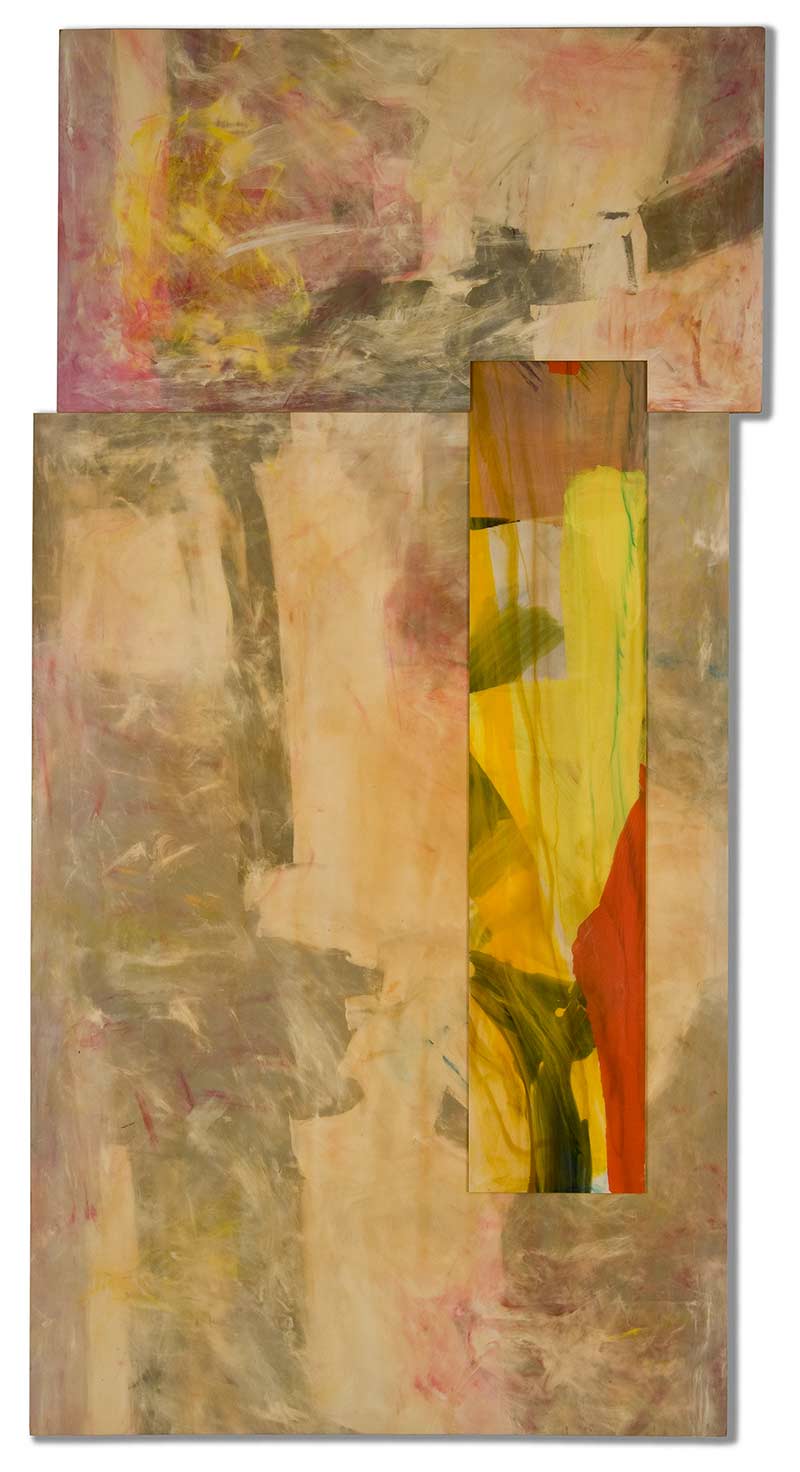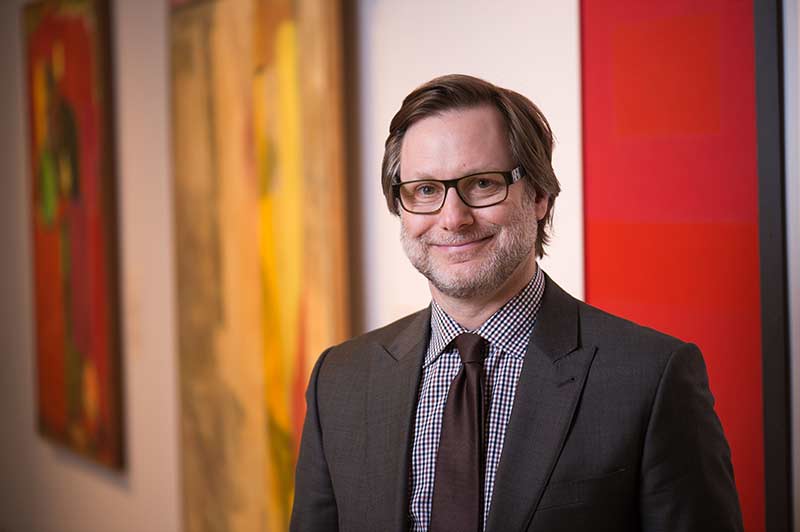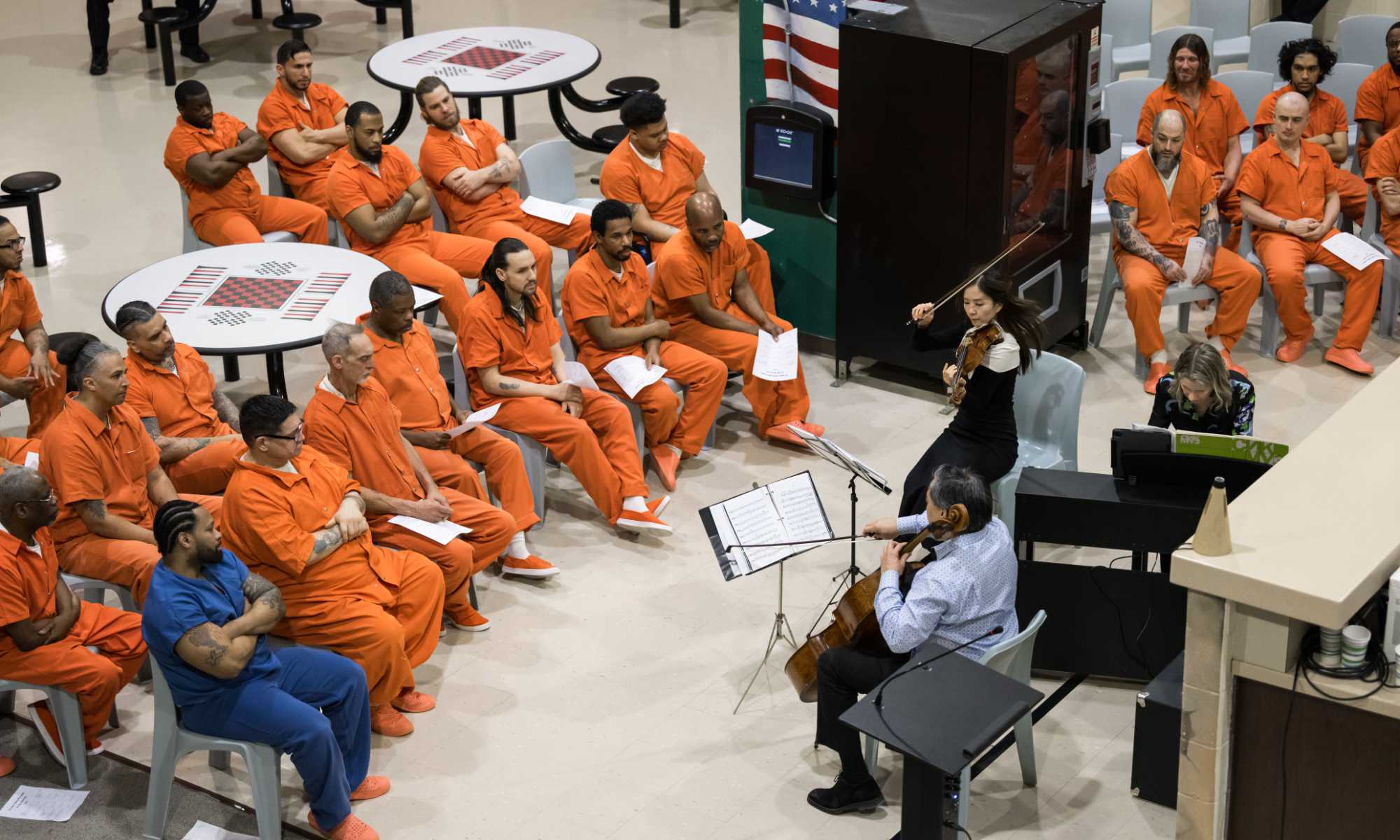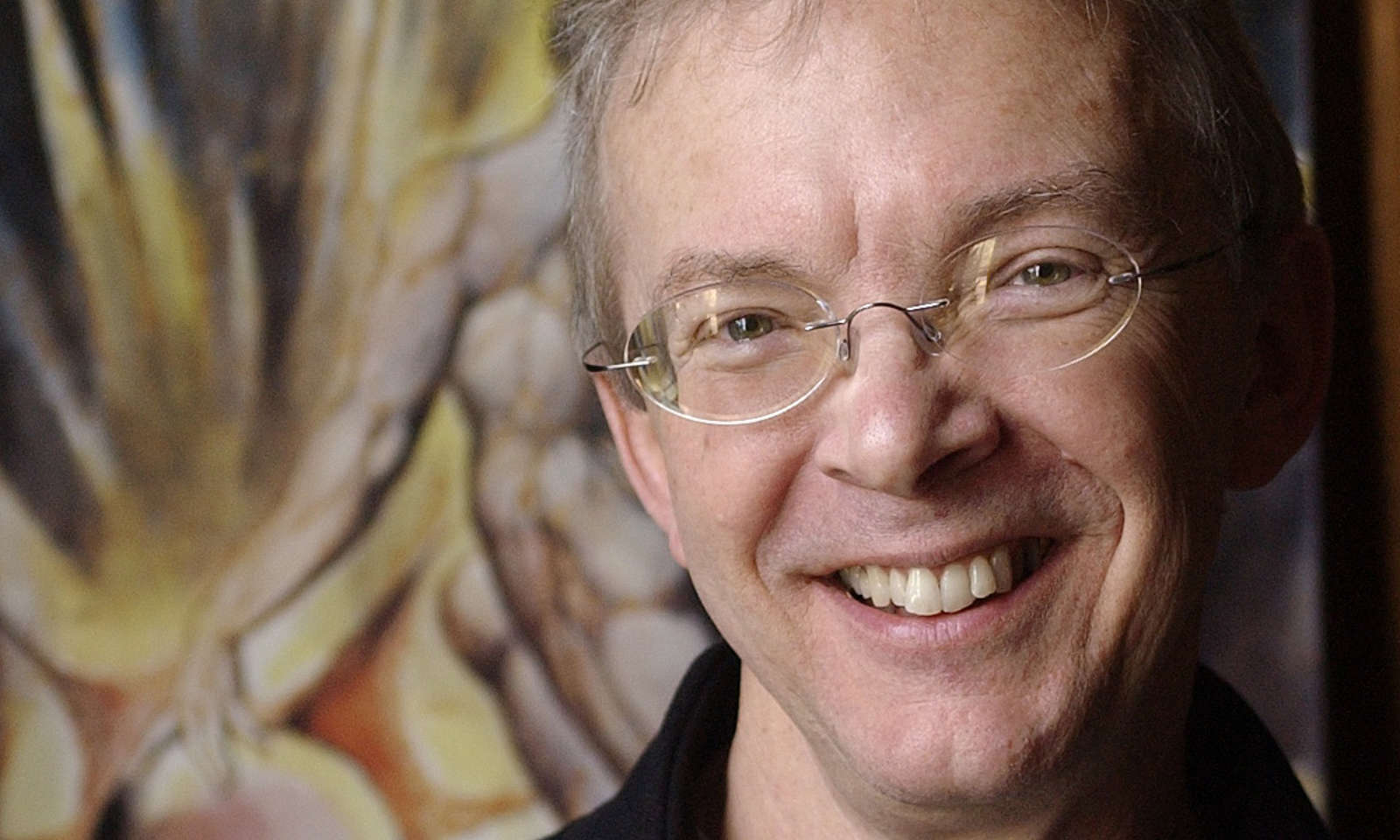When he was a doctoral student at the University of Michigan, Jonathan Binstock began researching Sam Gilliam, one of America’s most prominent abstract painters.
“I felt challenged by the work,” he says. “I didn’t understand it then and I can still say that I don’t quite grasp it entirely.”
Even so, Binstock, now the Mary W. and Donald R. Clark Director of the Memorial Art Gallery, is respected as an international expert on Gilliam. He has cocurated the Washington, D.C.–based artist’s first solo museum exhibition in Europe, “The Music of Color.” Opening this month at the Kunstmuseum Basel, which houses one of Europe’s significant public collections, the exhibition will run simultaneously with Switzerland’s Art Basel, the largest and considered the most selective modern art fair in the world.
In addition, Binstock will lead a VIP tour of the Gilliam exhibition and the opening of Art Basel for members of the University and MAG communities who are taking part in the “Art Travel” program of the Memorial Art Gallery. The behind-the-scenes looks are highlights of a weeklong trip to Switzerland organized by the Gallery Council.
In 2017, Art Basel attracted 95,000 people—many of them private collectors and representatives from museums and institutions around the world—over six days.
“There is no greater global stage for art than this,” Binstock says.

“The Music of Color” presents some 50 works from public and private collections in Europe and the United States. The show focuses on a period of great radicalism for Gilliam—from 1967 to 1973—in which he poured acrylic paint directly onto unprimed canvas, then folded and crumpled the canvas before the paint dried. It also covers work reflecting the 1968 race riots, and the polarizing debate over black art and abstract painting in 1960s and 1970s America.
The show was cocurated by Josef Helfenstein, director of the Kunstmuseum Basel in Basel, a city on the Rhine River in northwest Switzerland.
Helfenstein characterizes Binstock as “indispensable in many ways” in advising which of Gilliam’s works should be exhibited.
“Jonathan was also a great sparring partner both for the artist and me,” he says, “and I think the result will be the proof of what a productive conversation this has been.”
Gilliam is known for his vivid drape paintings, hung not on wooden stretcher bars but unsupported like curtains, or bunting. They are never hung the same way twice. He never stopped creating abstract work despite accusations from African-American contemporaries that he didn’t support civil rights—other black artists were making figurative pieces meant as overtly political statements about civil rights from the 1960s to the 1980s—and even as abstract art fell out of favor internationally between the late 1960s and the early 2000.
“Sam remained committed to abstract painting precisely when it seemed irrelevant, but he also demonstrated how painting was also sculpture, also architecture, and also performance art,” says Binstock, who completed the first doctoral dissertation on Gilliam, curated a major retrospective of his work for the Corcoran Gallery of Art in Washington, D.C., and wrote a monographic catalog on his work. “In this way he helped lay the groundwork for the interdisciplinary thinking and making that is so central to artistic practices today.”

Binstock characterizes the fact that Gilliam’s work remains a challenge—long after he sat partially bewildered as a doctoral student in Sharon Patton’s African-American art history class—as “a testament to its strength and quality.”
Artnet News, in fact, recently characterized Gilliam, represented internationally by Los Angeles–based David Kordansky Gallery, as a “living legend” who is “enjoying his greatest renaissance yet.”
There’s something in there for Binstock as well.
“For me, I think it means that I get to join the club of people who say, ‘Do what you love, do what you think is right, and it will all work out,’” he says. “I’m very glad Sam is getting his due for what he has accomplished, and I’m very fortunate to have been able to play a role in helping him achieve the recognition he so rightly deserves.
“I’m enjoying a fantastic ride.”
—Robin L. Flanigan



